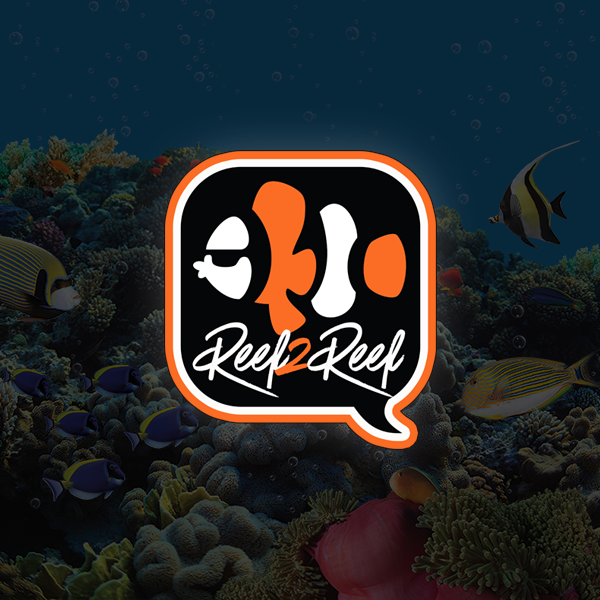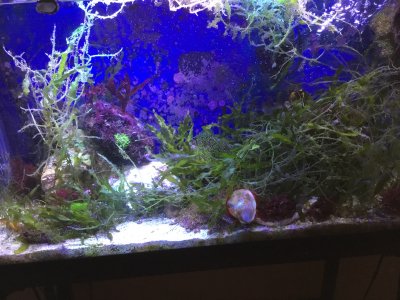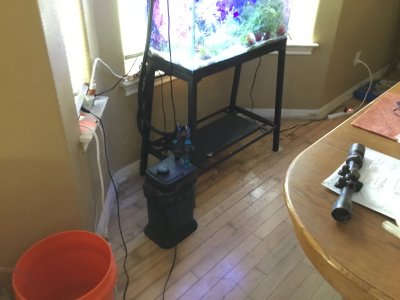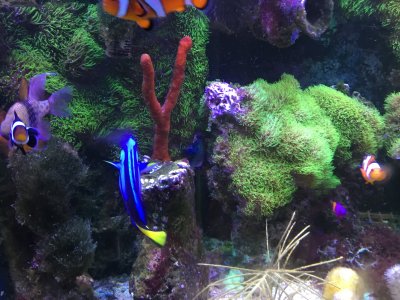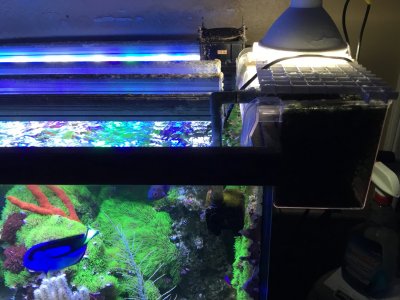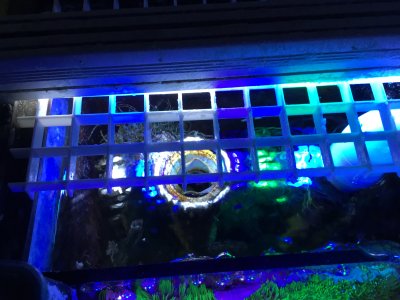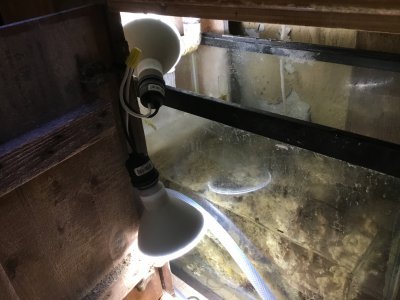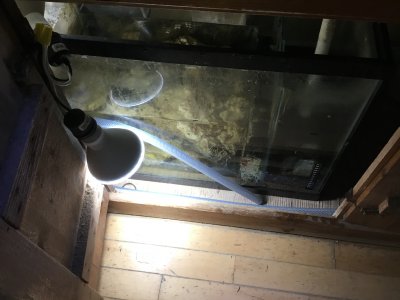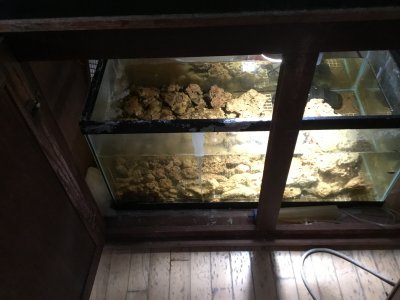I need to create some sketches of my sumps. Worst case i can start as FOWLR tank and let the life take its course. I am planning wither 1 large sump (5ft x 2ft x 2ft) or 2 sumps. I am also planning to grow some macroalgae as well as mangroves. Removal of skimmer scares me but if you are running a reef tank for 50yrs then i am sure it can be done with full success. I am in the UK so will have to find where i can get the rocks. I am always happy to drive to the shore and get some life straight from the sea.
It would be very helpful if i can get a very basic sketch of your system please. Plus a list of equipment. I am very much into creating a self sufficient with minimal intervention type of setup, which feeds itself.
Not sure I can help you with a sketch as I am weak on those skill, but I can do pictures and I am a technical writer due to marine engineering back ground. We used slide rules then.
Lets leave cryptic zone filtration out for now. In general, dissolved organic carbon (DOC) gets cycled by cryptic sponges into inorganic carbon and detritus. Detritus is food for the microbial loop which cycles life food up the food chain. I can link scientific articles but let us see what
@Paul B says:
I think one of the most important, and least understood or mentioned things in a reef tank is "mulm". That stuff that grows in the dark portions of a tank if it is set up long enough. "Mulm" is a combination of algae, sponges, bacteria, pods, worms, detritus, poop and any thing else that can...

www.reef2reef.com
[I think one of the most important, and least understood or mentioned things in a reef tank is "mulm". That stuff that grows in the dark portions of a tank if it is set up long enough. "Mulm" is a combination of algae, sponges, bacteria, pods, worms, detritus, poop and any thing else that can be propagated or grown in the dark. I realize most people would immediately get out the sponge, razor blade or grenade to remove it but there is a word I like to use to describe those people. That word is "wrong". Mulm is a natural product that you will find in the sea all over the world. Our tanks run on bacteria, algae and a food chain. Bacteria and a food chain are dependent on having a place to reproduce. Mulm is the perfect place. Rocks and glass are flat surfaces that are only two dimensional. Mulm makes these places three dimensional allowing much more space for bacteria and microscopic organisms to grow and do the macarana. (They love to dance) Pods, which are needed for any small fish also need to eat and their numbers are directly related to how much food they can get their hands on (or whatever pods use to eat with) The more food, the more pods, the more pods, the easier to keep smaller fish. Larger fish such as copperbands and angels also eat pods.
Many people try to keep fish such as pipefish, mandarins or other dragonettes in a sterile tank and while feeding them a couple of times a day with tiger pods or some other expensive food. Those types of fish will not live for long in such a tank and they certainly won't spawn which I consider the "only" criteria to determine the state of health for any paired fish.
Mulm (after a while, maybe a few years) should grow on the back and sides of glass as well as under rocks.
Here in this picture of my clingfish, the mulm appears green. It is really brownish and that fish is on the side of my tank. I brightened up the picture and turned it sideways because it was in the dark and the fish was hard to see.
There is a thick layer of it on the back of my tank where my mandarins and pipefish like to hunt. My long spined urchin also grazes there most of the time as there is not much algae in my tank for him to eat. He is many years old as are the mandarins and pipefish and they are dependent on this food source.
A sterile tank IMO is the biggest problem we have keeping certain fish healthy.
Sterile is good in an operating room but very bad in a tank.]
 gulfliverock.com
gulfliverock.com

